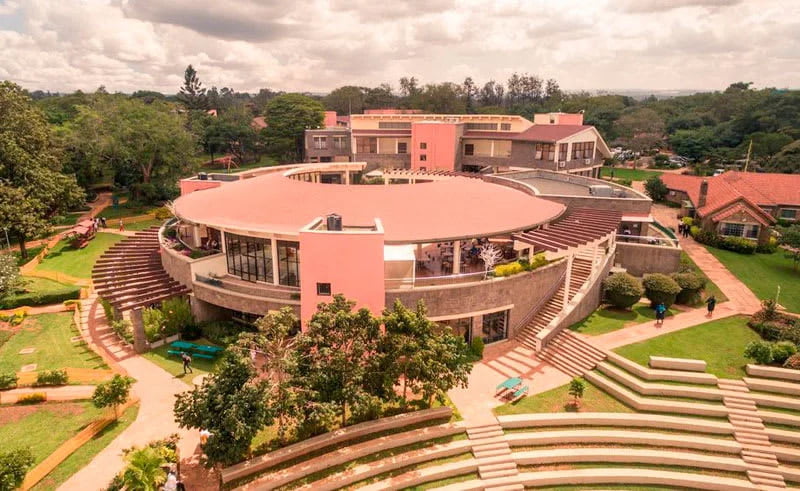Case Study: Enhancing Network Infrastructure at ISK
The International School of Kenya (ISK), located in Nairobi, is a prestigious private international school offering education from pre-kindergarten through grade 12. As a leading educational institution, ISK is committed to providing a modern and efficient learning environment that supports both educational and administrative needs. Recognizing the growing importance of digital resources in education, ISK identified a critical need to improve their wireless network performance to ensure seamless communication and access to online resources for students and faculty.

Challenges
Before the upgrade, ISK faced several challenges with their existing network infrastructure:
· Limited Coverage: The existing wireless network did not provide adequate coverage across the campus, leading to dead zones where connectivity was poor or non-existent.
· Bandwidth Constraints: The network struggled to handle the increasing number of devices and the demand for bandwidth-intensive applications, resulting in slow and unreliable connections.
· Security Concerns: With a growing reliance on digital tools, the school needed a more secure network to protect sensitive data and ensure compliance with privacy standards.
· Scalability Issues: The previous network setup lacked the flexibility to scale and adapt to the evolving technological needs of the school.
Solution
To address these challenges, ISK partnered with Talinda East Africa, as the ICT solutions provider. We proposed a comprehensive network infrastructure solution designed to enhance the performance, reliability, and security of ISK’s network.
Key Components of the Solution
1. Network Switches: High-performance network switches were deployed to manage traffic efficiently, ensuring high-speed data transfer and reducing latency.
2. Wireless Access Points : Advanced Wireless Access Points were strategically installed across the campus to provide robust and reliable wireless coverage, eliminating dead zones and supporting a higher density of connected devices.
3. Structured Cabling: A well-organized structured cabling system was implemented to support the new network components, providing a scalable and easy-to-manage physical infrastructure.
Implementation
The implementation process involved several critical steps:
1. Assessment and Planning: Talinda East Africa conducted a thorough assessment of the existing network infrastructure and identified areas that required improvement. A detailed plan was developed to ensure minimal disruption to school activities during the upgrade.
2. Deployment: The deployment of new network switches, WAPs, and structured cabling was carried out efficiently and systematically. Talinda's team worked closely with ISK’s IT staff to ensure a smooth transition to the new network infrastructure.
3. Testing and Optimization: Post-deployment, extensive testing was conducted to ensure that the network met the desired performance and security standards. Necessary optimizations were made to fine-tune the network for optimal performance.
Results
The upgraded network infrastructure delivered significant improvements in several key areas:
· Enhanced Coverage and Connectivity: The new wireless network provided comprehensive coverage across the entire campus, ensuring that students and faculty could access online resources from anywhere within the school grounds.
· Increased Bandwidth and Speed: With the installation of high-performance network switches and WAPs, the network could handle increased traffic and bandwidth demands, resulting in faster and more reliable connections.
· Improved Security: The updated network included advanced security features, protecting sensitive data and ensuring a safe online environment for students and staff.
· Scalability: The structured cabling system and modern network components provided a scalable solution that could adapt to future technological needs and expansions.
Conclusion
The partnership between the International School of Kenya and Talinda East Africa successfully transformed ISK’s network infrastructure, addressing critical performance issues and enabling the school to provide a state-of-the-art learning environment. The comprehensive ICT solution not only enhanced the educational experience for students but also supported the administrative functions of the school, ensuring that ISK remains at the forefront of educational excellence.
